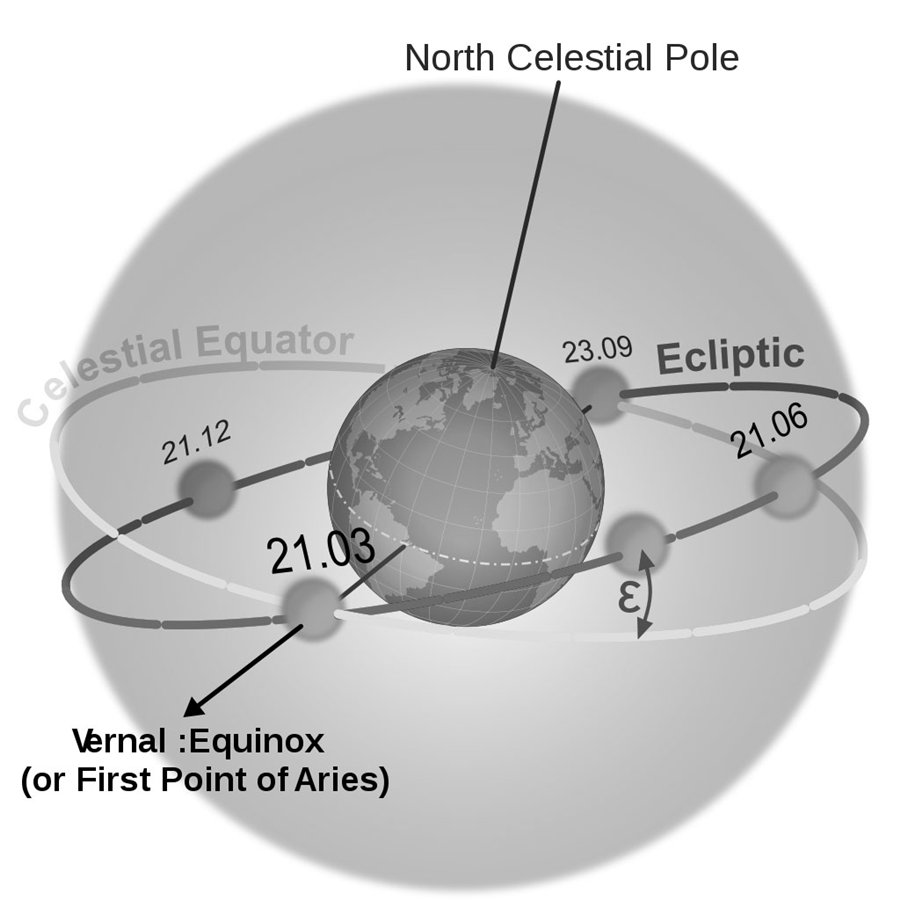Equinox literally means equal and this is the time of the year when the sun is over the equator which means that there is an equal length of time for night and day. This usually occurs twice a year, once in March and once in September. The equinox occurring in March or during the spring time is termed the vernal equinox (in the Northern Hemisphere) while September is termed the autumnal equinox. Vernal equinox usually falls on March 20 or 21.
Because the sun is over the equator both, hemispheres receive an equal amount of sunlight so that similar seasons occur. One hemisphere will have fall while other, spring. When Equinox occurs, the northern hemisphere will experience the vernal or the spring equinox while the Southern Hemisphere will experience autumnal equinox.
While equinox means equal amount of day and night, scientists have found it’s not really so. Actually, days are longer than nights during an equinox. If you are in the equator during an equinox, the sun will be seen as a full disc rather than just a source of light. The effect of refraction of sunlight by the atmosphere when the sun rises or sets makes the day fourteen minutes longer than the night.
Because of the seasonal changes that come with vernal equinox, many cultures regard this event as significant spiritually. Vernal equinox usually denote rebirth. People usually celebrate holidays and festivals during this time.
Ancient astronomers have already recognized the occurrence of equinoxes and used this as reference for celestial events, movements of stars, seasonal changes, and the length of years.

